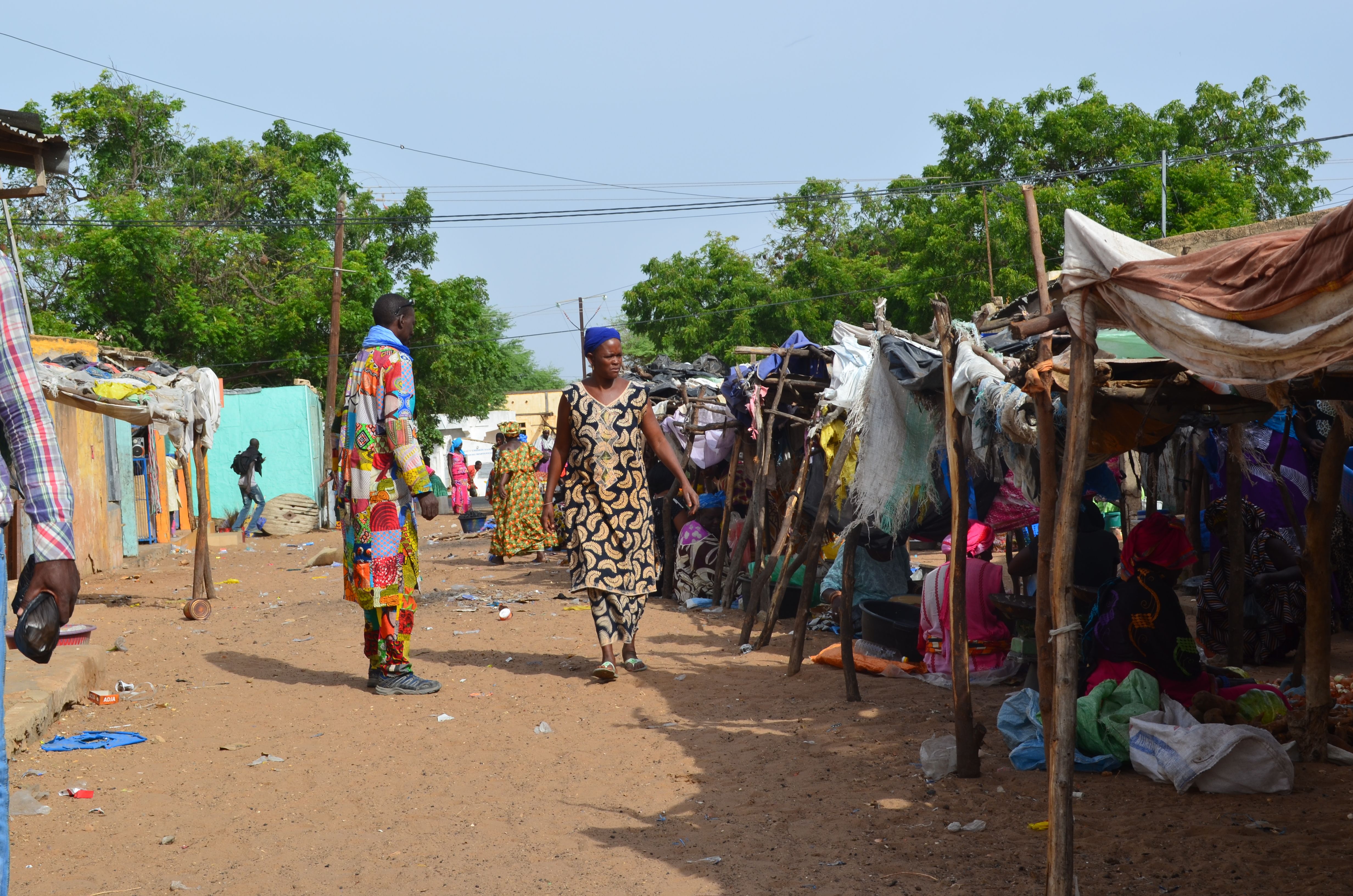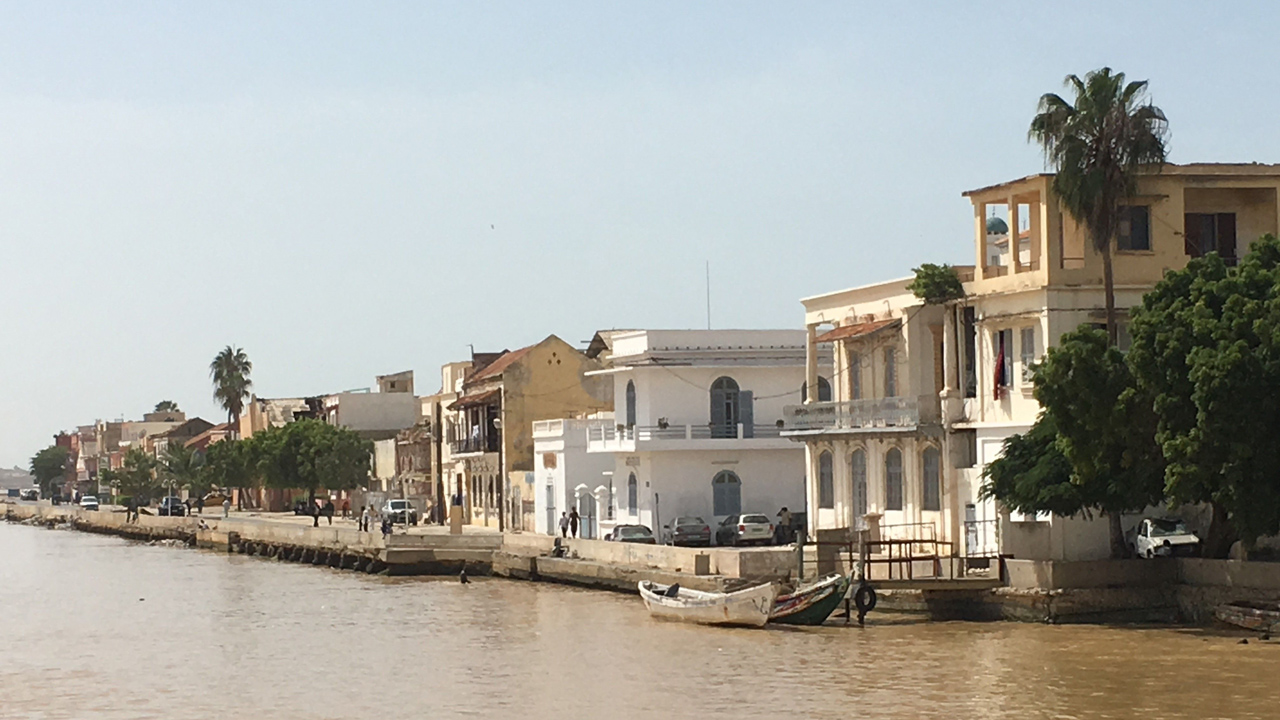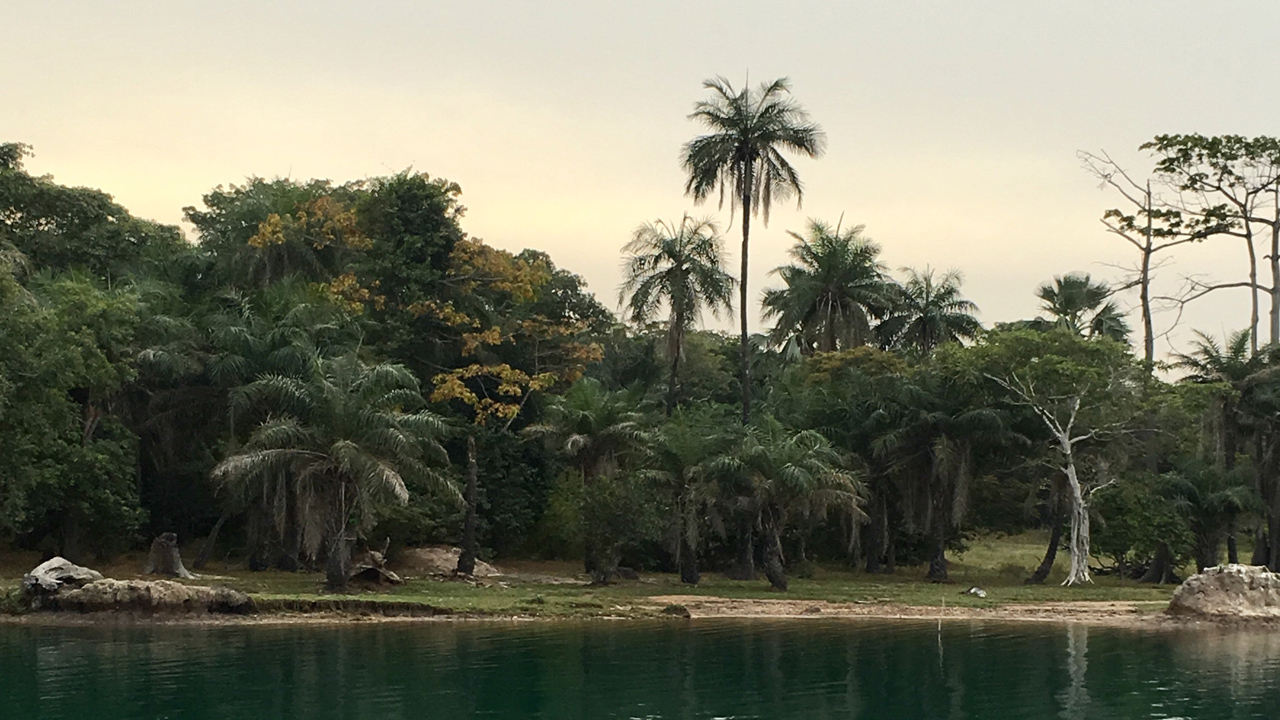About Sénégal and Ziguinchor

Senegal
The area is about 200,000 square kilometers which corresponds to barely half the size of Sweden. The population is about 16 million, of which 2 million are living in the capital Dakar.
The average length of life is 67 years and the median age is 18,5 years which means that half the population is under 19 years old. The youth unemployment is high and the average income is low. Half the population is very poor.

The GNP of Senegal is 7 % that of Sweden. The main export products are fish and peanuts.
French is the official language but people mostly speak their own ethnic language like Wolof, Pulaar, Jola, Mandinca and so on. Many speak several of these languages.
Illiteracy is widespread and, in 2015, included more than 40% of the adult population.
Ziguinchor

Ziguinchor is situate in this region of Casamance, south of Gambia. The city in 2013 had a population of about 200.000 inhabitants. It is a typical African city with mostly low buildings, a lot of hustle and bustle, lots of colours and friendly people everywhere. It is a very green city lying by the Casamance River and only one hours drive from the sea.

History
During the 9th and 10th centuries, Islam was introduced to this area and, today, about 94% of the population are Muslims, 5% Christians and the remainder of native religions.
In the 1500´s the Portuguese arrived in West Africa and settled on the island Gorée, close to Dakar, and a bit later the Dutch visited seeking to trade in rubber.

Then in the 1700´s the French founded a commercial town on the island Saint-Louis, it the northern Senegalese river estuary.
During the colonial period, Dakar was the most important port for the transportation of slaves to America.
In 1815 Senegal was recognised as a French Colony but in 1960 it became an independent state and in 1981 the country got full democracy.
Climate

The climate is tropical. During the rainy season, which can last from June until October, there are strong winds from the South-East which can flood the low-lying land areas. The Casamance region in the South is considerably hotter and more damp than the rest of the country.